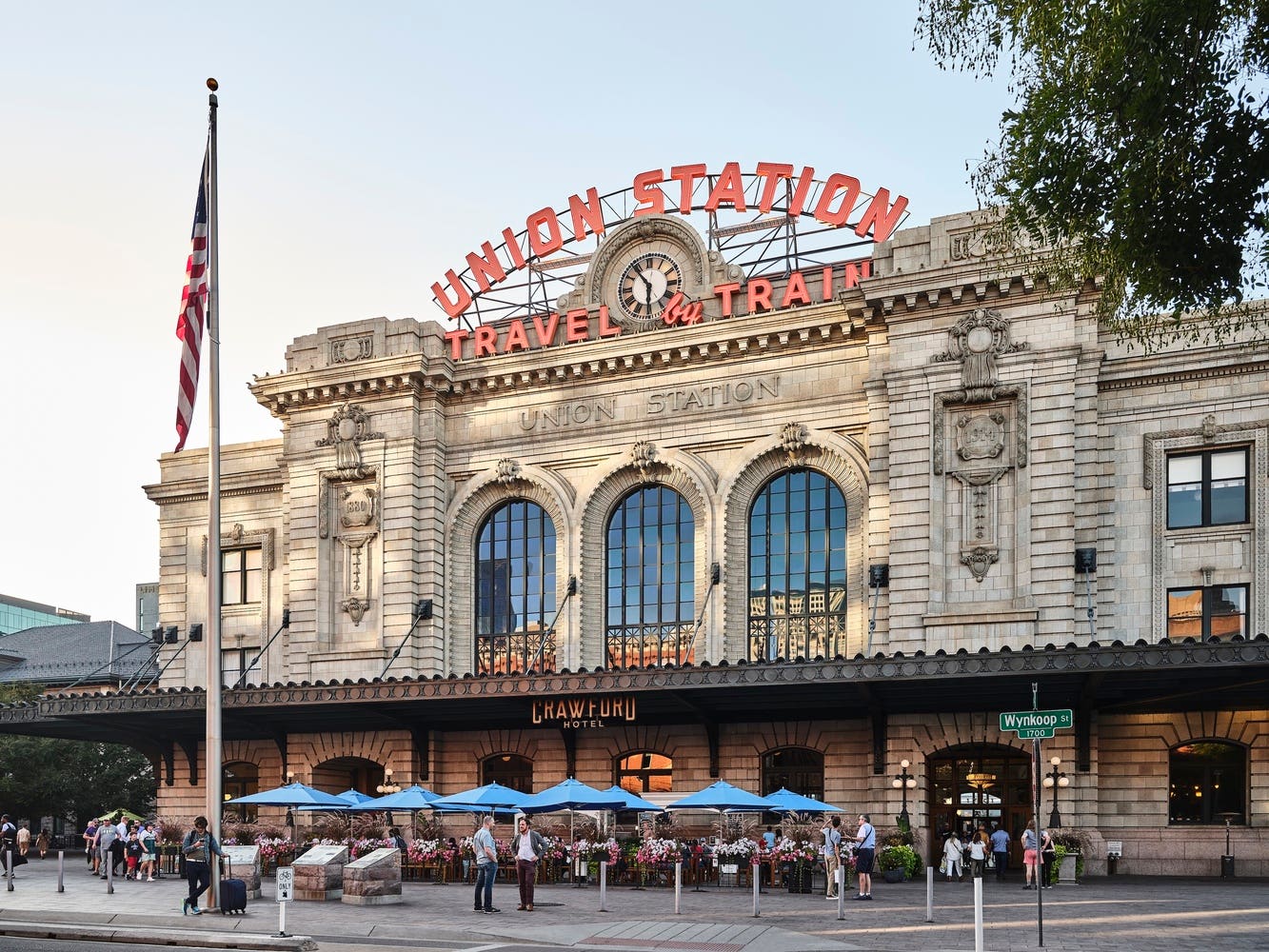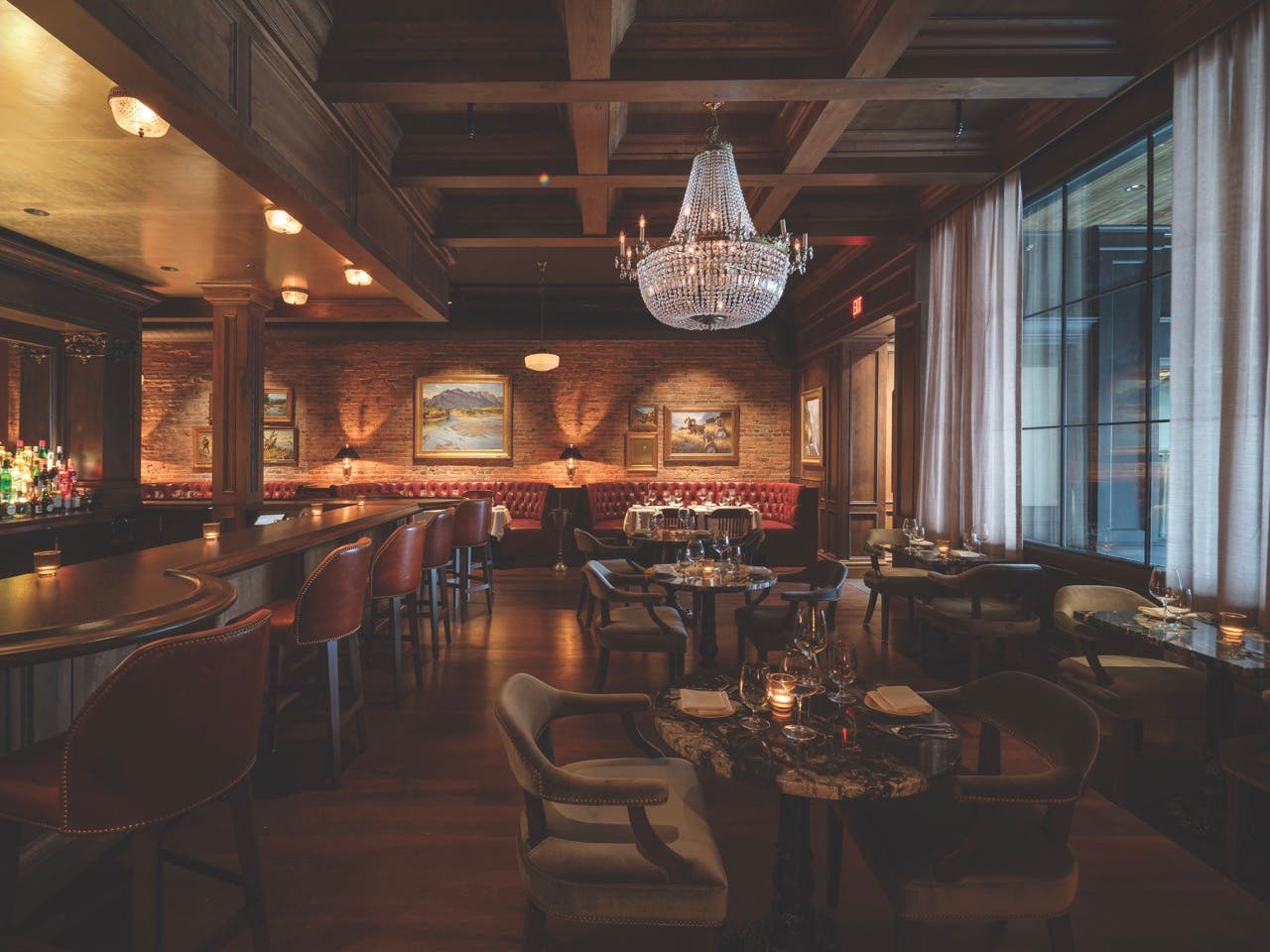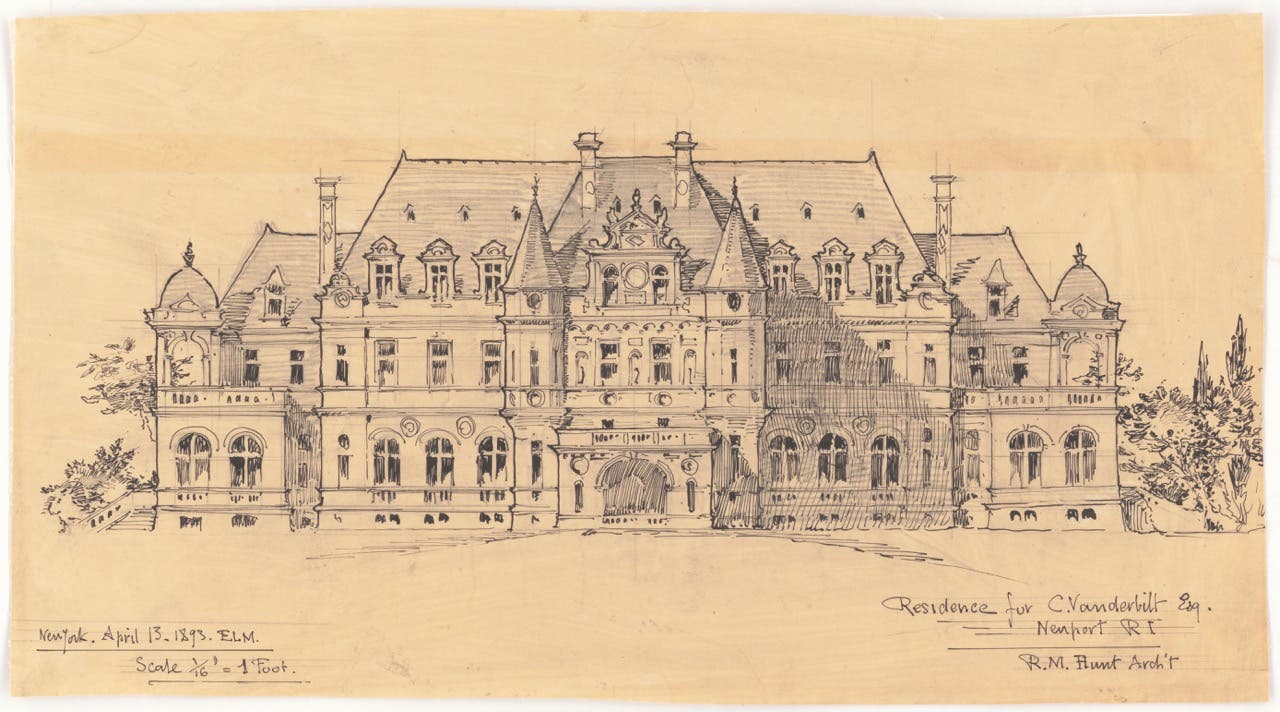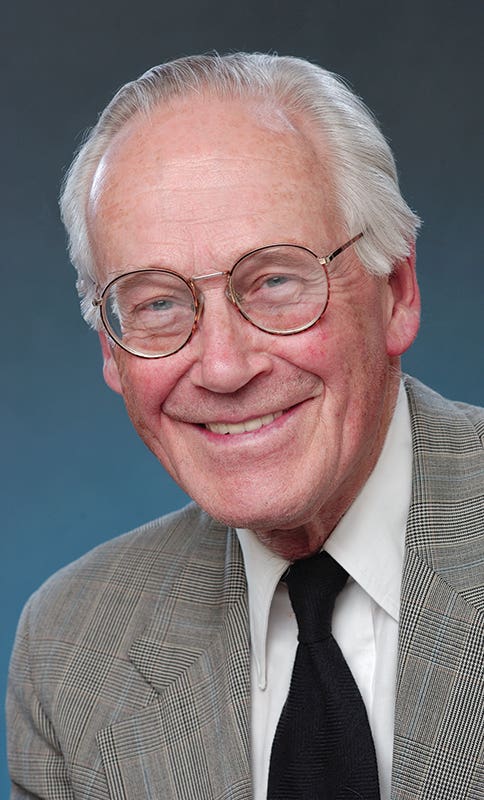
Profiles
Jaquelin Robertson: Going to Ground
Within moments of opening a discussion with Jaquelin T. Robertson, FAIA, FAICP, he offers – in the rich, honeyed tones of his native Virginia – a short survey course on American history and architecture. Noting that this year marks the 400th anniversary of the Jamestown settlement, Robertson reflects on the parade of conquerors and bloody wars that marked this nation’s founding, and how our early builders brought architectural ideas over from Europe as a way of planting a flag of respectability and recognition in the New World.
“We didn’t have the refined builders; we were building much cruder stuff,” says Robertson, speaking from the New York City headquarters of Cooper, Robertson & Partners, the firm he has helmed for nearly 20 years. “Our Georgian houses were tiny compared to those in England. Imagine the confrontation of this old world architecture – which we could hold up and say ‘I didn’t come from nowhere’ – and yet you could turn around 180 degrees and see an endless wilderness. It’s all about these tiny buildings almost…” – he pauses, searching for the right word to convey the sheer audacity of early America – “almost shivering in the wilderness, but saying that we represent something big.”

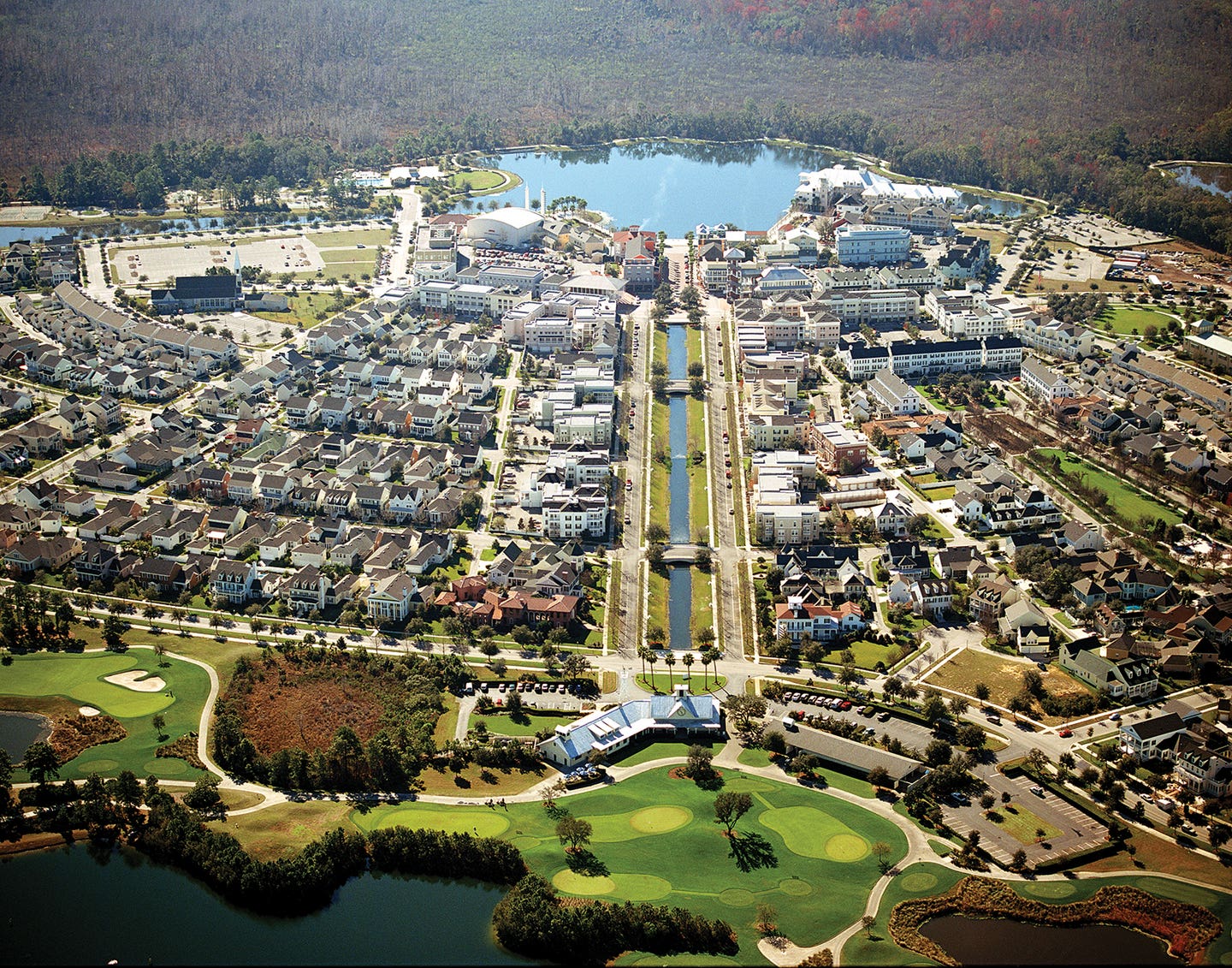
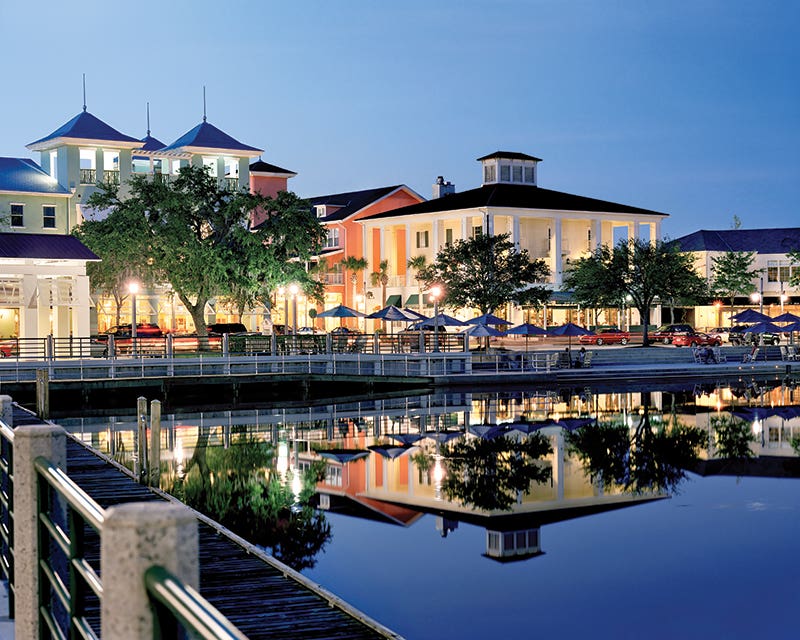
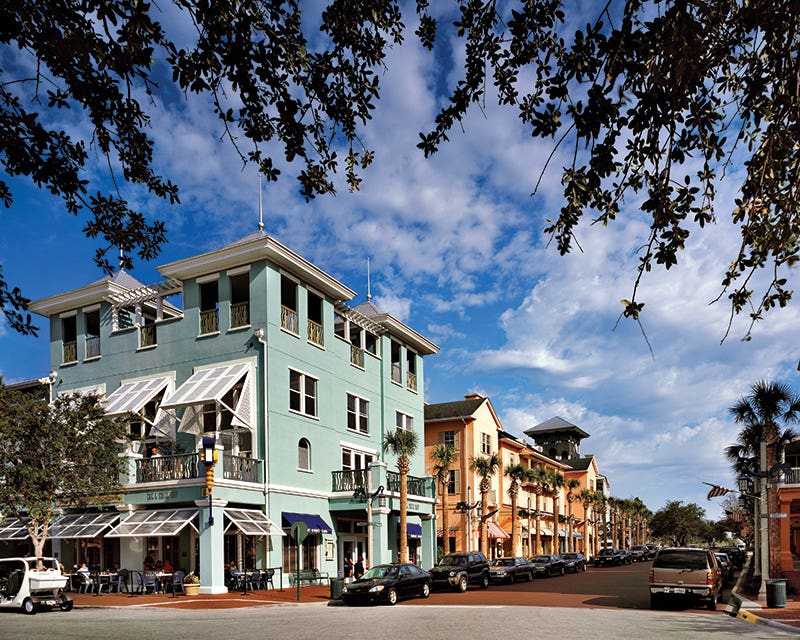
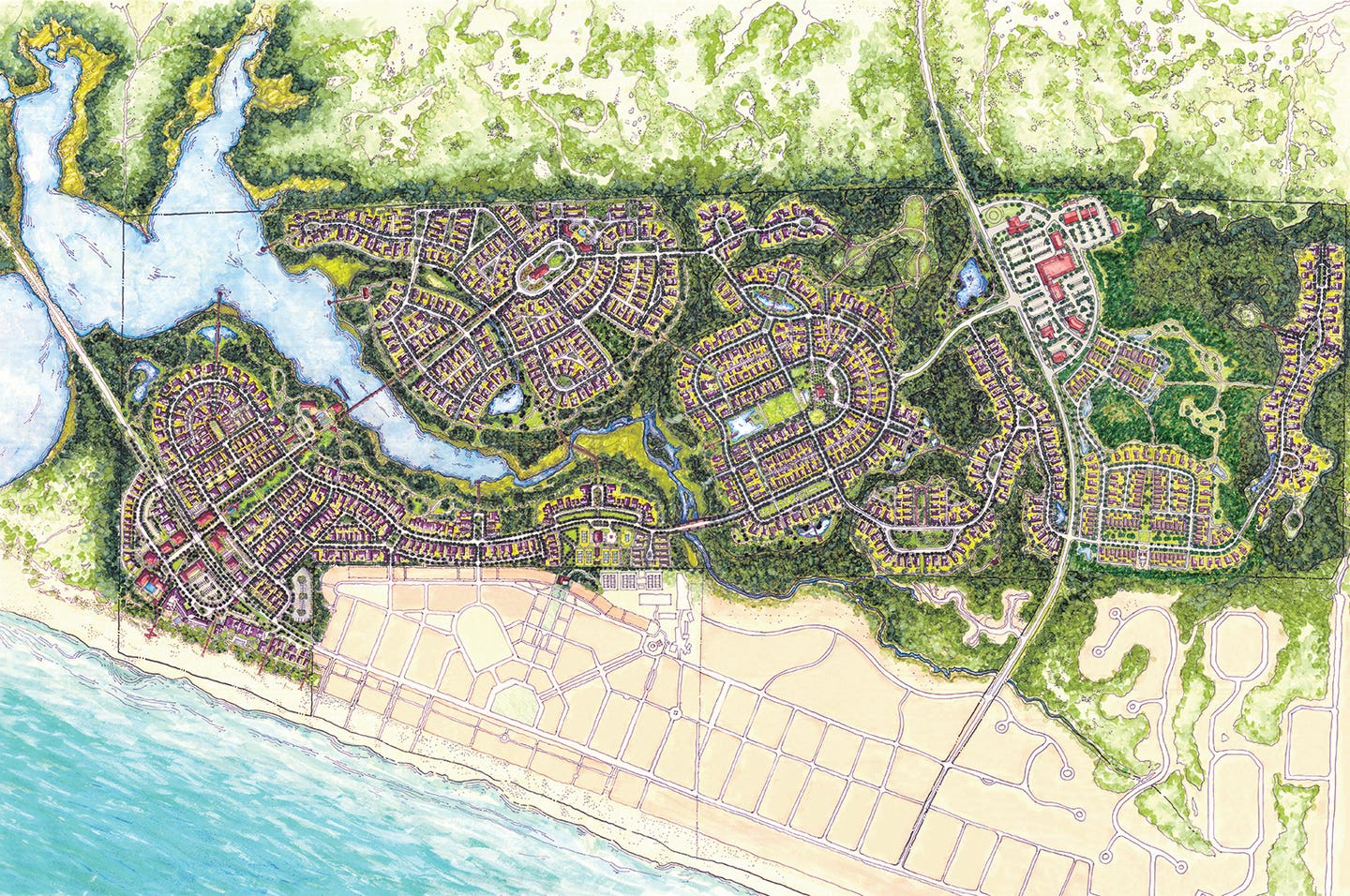
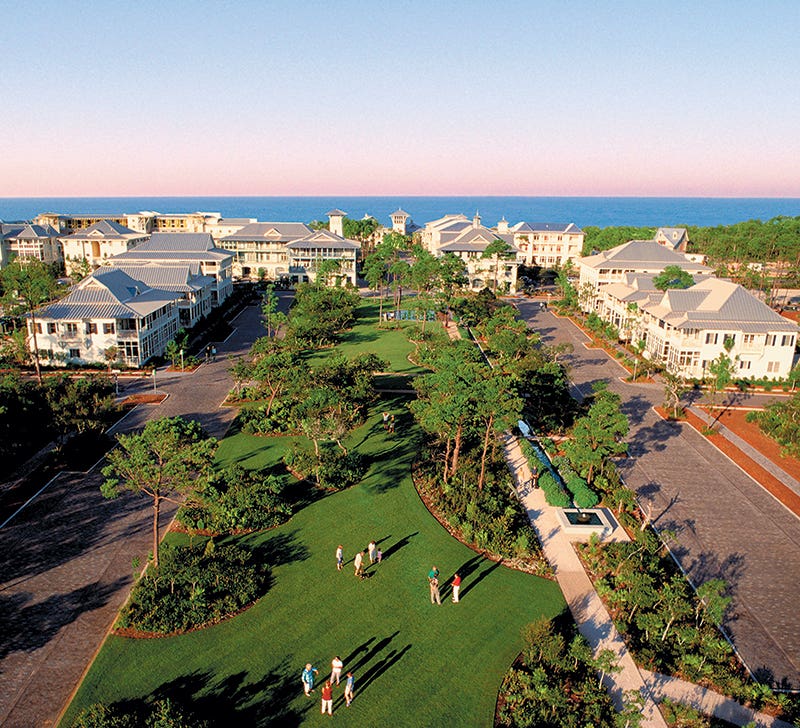
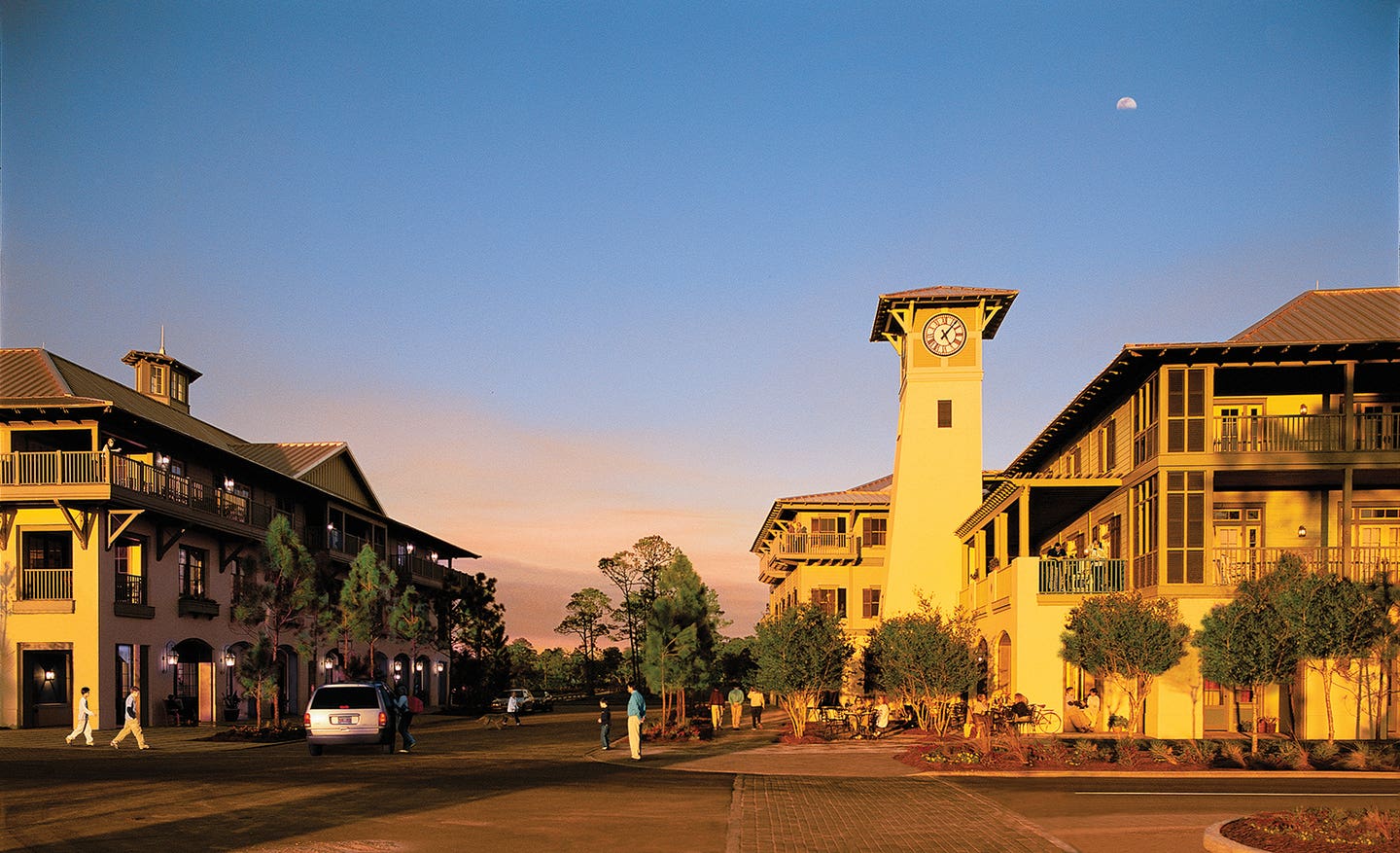
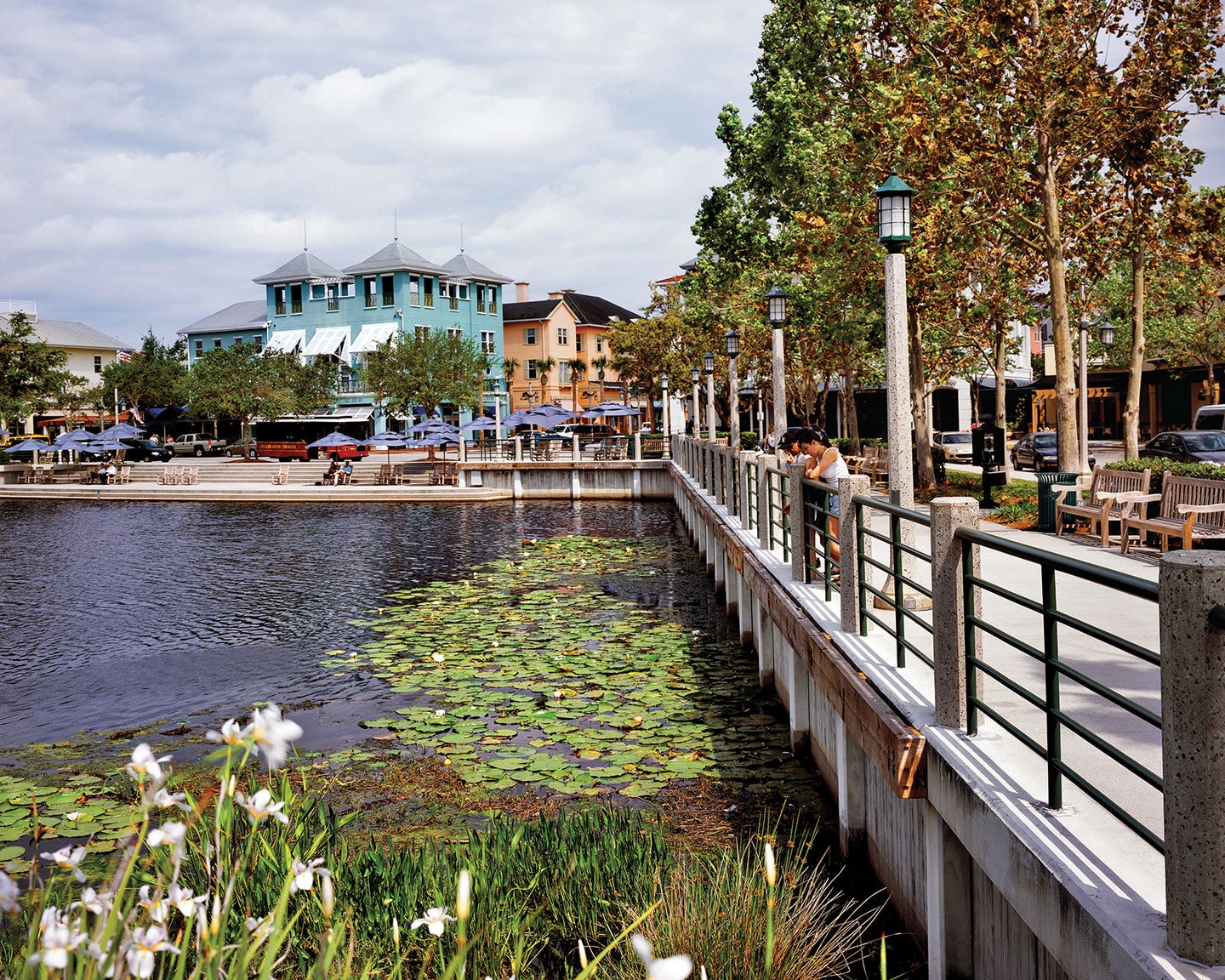
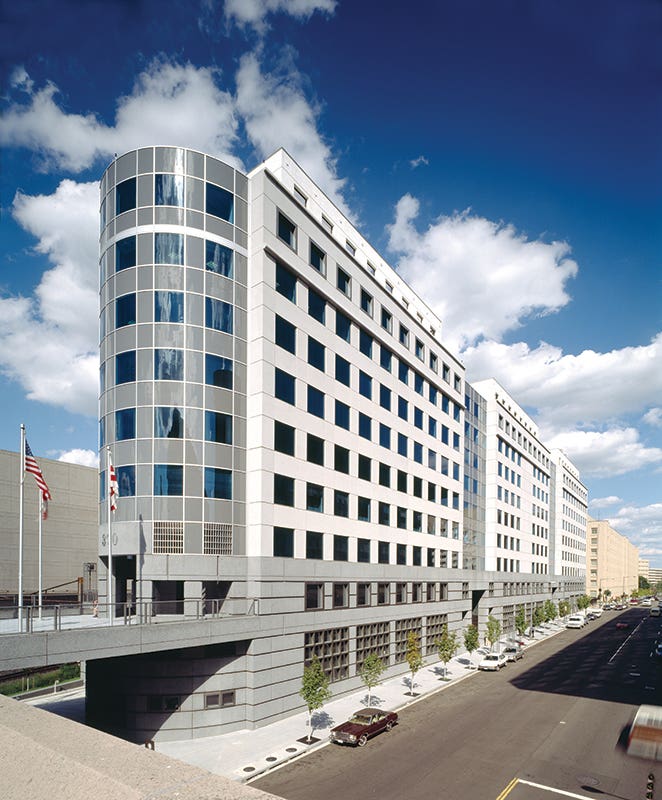
Robertson continues in this vein, leading his listener to wonder when he will get around to talking about himself, the subject of the interview. Yet it soon becomes clear that to talk about the antecedents of American architecture is to talk about Robertson, who once took over the deanship of the University of Virginia architecture school not just to teach, but also to learn from the maestro himself, Thomas Jefferson. Returning to the countryside of his youth was so fundamental, so connected to the very atoms of American culture, that he has often called it “going to ground.”
Throughout a long career that has spanned the spectrum from upscale residences to comprehensive master plans, producing buildings here and abroad, Robertson has retained a strong sense of tradition. To him, tradition does not mean following the Classical orders if that is not what suits the site – although when it does, such as at the Georgian-style New Albany Country Club in Ohio, the effect is exquisite. There, Robertson recreated a stunning 18-century plantation for modern times, with a red-brick temple-like main clubhouse that is flanked by support buildings tied together with Classical arcades and colonnades.
Tradition also means taking a comprehensive view of a town or city, with its logical hierarchies and organization, which Robertson executed at the famous Disney town of Celebration, Florida. And Robertson has also interpreted tradition through a modern lens, as with his design for the Aerospace Center headquarters in Washington, D.C., which tips its hat to New York City’s famed Flatiron Building in a streamlined way that suits its unromantic, policy-focused surroundings.
This spring, in honor of these and many other achievements, the University of Notre Dame’s School of Architecture named Robertson the winner of the 2007 Richard H. Driehaus Prize for Classical Architecture, which includes $100,000 and a model of the Choregic Monument of Lysikrates, a Corinthian structure in Athens.
Robertson joins a pantheon of previous laureates – Léon Krier, Demetri Porphyrios, Quinlan Terry and Allan Greenberg. “Jaque has been doing this work a very long time,” says Michael Lykoudis, dean of the school. “He has brought many people to the table and asked, ‘Where do we go from here in terms of architecture and urbanism?’ He has always been tackling the most important issues, and he’s always done so with a great deal of facility without ideological fervor. That’s what the Classical movement needs, to be less ideological and more pragmatic.”
Architecture and Urbanism
In Virginia, there are still places where people talk about the founding fathers the way others might chat about an aunt or uncle. So it is with Jaque Robertson, who was raised in a Georgian-style house in Richmond and is descended from a long line of notable Virginians, including presidents Zachary Taylor and James Madison. Robert E. Lee even took tea with his great-great-grandfather, Robertson mentions casually. Growing up there, he says, “You cared about houses, landscapes, gardens and fields, and you cared about public buildings, churches, courthouses, libraries and schools. But it was a culture organized around the house as the central element of architecture.”
Although Robertson remembers being strongly affected by all the great plantations and estates of the South, his childhood horizons expanded dramatically when Robertson’s father, Walter, served in the U.S. State Department and was a special envoy to China. Moving to the Far East was an eye-opening experience for the younger Robertson, who began painting and drawing buildings. Upon the family’s return, Robertson went to preparatory school in New England and then to Yale University, where he studied politics. There, he took elective courses in art and architecture, including a course with Vincent Scully. He then won a Rhodes scholarship to Oxford, studying philosophy and economics before he returned to Yale to earn a master’s degree in architecture.
After working in private architectural practice and also teaching at both Yale and Columbia University’s architecture schools, Robertson turned his attention to city-making. In the late 1960s and early 1970s, he worked on planning efforts for New York City under Mayor John Lindsay, co-founding the New York City Urban Design Group and later becoming a planning commissioner. During that time, he helped the city to embrace the concept of mixing uses, putting residential units above street-level retail long before the practice was branded and marketed as New Urbanism.
“Vitruvius said architecture is about commodity, firmness and delight,” Robertson says, as a way of explaining how city planners have gotten away from the simple formulas that made cities great in the past. “This is architecture that does what it’s supposed to do – it holds up, and it brings pleasure to its occupants. In the ’70s, a whole group of us were working on the city, and we were obsessed with how a city is made and what makes it work.”
In 1975, Robertson uprooted himself again, leaving New York to direct the planning and design of Shahestan Palavi, a new urban center in Tehran, Iran. There, Robertson was bewildered by how Iran’s leaders wanted to eschew their Persian architectural traditions in favor of Western-style high-rises. He suggested instead a mixed-use plan that relied on local and traditional building materials like stone and brick. Although Robertson insists that the Iranian leadership was open-minded toward his ideas, the project ultimately was nixed and Robertson returned to the United States, where he formed a partnership with Peter Eisenman.
Back home, Robertson realized that, as he had fought to convince Iran’s leaders not to repudiate their culture, tradition was being paved over in just about every city and suburb in America. “We built these ring-around-the-collar, low-rise, incredibly inefficient strip suburbs and drained the center of the city, which I called the Nagasaki syndrome,” he says. “We have produced this grotesque physical landscape, with almost nothing that you can remember.”
A major problem, Robertson believes, is the separation of disciplines related to urban planning and development. “Designing buildings is easy; designing cities is hard,” he says. “Town planning and landscape and architecture and historic preservation are all inextricably connected. You can’t have architecture without urbanism.”
To immerse himself in the origins of American urbanism, Robertson returned to Virginia.
The Idea Factory
After ruminating on some of the notable people with whom he has worked, Robertson makes the somewhat surprising statement that he and Frank Gehry are close friends. Frank Gehry, the deconstructivist? He of the Bilbao blobs? Yes, Robertson says, asserting that Gehry understands urbanism and the importance of scale and location. Although Robertson might never build like Gehry, he recognizes an exactitude and discipline in his work and that of some other Modernists – such as the great Mies van der Rohe – that is derived from Classicism.
“Classicism is the lingua franca of western culture,” Robertson says. “There is a Classical revival in almost every age. It keeps coming back, yet it is not a rote copying of old buildings. There are new needs, the technology of doing things changes, and each time it comes back it’s different, but the same. It’s a great continuum, which is the key. The great strength of western Classicism is that it’s a fundamental language. You can’t afford not to know it. You don’t have to slavishly follow it, but you have to know it. Mies van der Rohe knew it.”
If Classicism is a language, then Jefferson’s University of Virginia campus provides the grammar – a perfect set of rules of how to build. And Monticello, the third president’s quirky yet brilliant estate, is a place where the Classical language is embroidered and interpreted. “Jefferson was convinced that you have to build architectural models for your countrymen that they can copy,” Robertson explains. “Jefferson’s academical village is arguably the best complex of buildings in the United States. Monticello is one of the great idea factories in the history of architecture. There, I began to understand American history – it was like a re-Americanization.”
Although not initially interested in running an architecture school, Robertson served as dean of the University of Virginia’s architecture program from 1980 to 1988. There, he made a practice of inviting notable guest speakers and organized a famous symposium with 25 of the nation’s leading architects, including the likes of Robert Stern and Léon Krier, that resulted in the publication of a book titled The Charlottesville Tapes.
During this period, Robertson wrote a significant two-part treatise – titled “In Search of an American Urban Order” – for Modulus, the University of Virginia Architecture Review, in which he delineates how Jefferson’s architectural ideas could be referenced to solve the nation’s ongoing problems with sprawl, environmental degradation and pervasive ugliness. The academical village, he wrote, underscores the value of several key tenets of urban life: small, workable groups; mixed-use settings; variety within hierarchy; the presence of history; practical needs; and, finally, the delicate balance between the natural and built worlds, ideas and buildings, and public versus private agendas.
“These and other ideas are implicitly coded in Jefferson’s ideal city,” Robertson wrote then. “That they are less-often discussed is a testament to the physical presence of the actual buildings and gardens which speak eloquently enough without intellectual elaboration. Yet the plan and the various early engravings of the completed complex remain with us today as perhaps the most distilled ideogram of our initial urban dispositions, a fitting mandala for our New World arcadian experiment.”
Founding the Firm
Eight years spent toiling in the realm of ideas, however, and Robertson wanted to get back to practicing architecture full-time. In 1989, he founded Cooper, Robertson & Partners with his old classmate and colleague Alexander Cooper, FAIA, whom Robertson met at Yale decades earlier. Today, the firm employs 115 people and has produced master plans, lush private residences, and public buildings for clients all over the world.
In Florida, Robertson crafted two master plans for the New Urbanist towns of Celebration and WaterColor. At Celebration, Robertson produced a logical plan in which walkability is paramount and the streetscape and parkland reign supreme. It was essential to Robertson that the town, although built under the imprimatur of the Walt Disney Company, be “real,” where schools and offices and churches hold prominent locations and are actually used. In designing the buildings, Robertson referenced the relaxed traditionalism of Eastern Seaboard towns from Nantucket to Charleston.
WaterColor is not as well known, but the execution of its master plan may even have been more successful. This is a nearly 500-acre mixed-use community on the Gulf of Mexico, which borders Seaside, the iconic New Urbanist development. Here, two intersecting axes provide form and structure to the village – a “water axis” that passes from the Gulf of Mexico through the town’s changing landscape of trees, flowers, beaches and lakes and a “land axis” that connects to a neighboring residential area. The buildings reflect the vernacular of northwest Florida, including Spanish, English, and French Colonial influences, as well as the site’s natural surroundings, which reminded Robertson of the backgrounds in Audubon’s prints of Florida birds or the watercolors of Winslow Homer or John Singer Sargent. Robertson calls WaterColor “exquisitely beautiful” and counts it among the most rewarding projects of his career.
“As soon as you go into a good city, you know it,” Robertson says. “To design any one of the parts of a city, it requires an understanding of the order of the whole. It’s fundamental and it’s true in medicine, military campaigns and nature. All serious propositions are about how individual acts affect the larger order. You have to have flexibility of the variables but not at the expense of the greater truths.”
Ever the pragmatist, Robertson believes the Driehaus Prize is significant partly because it includes such a large endowment, something the commercial American culture can understand and will likely promote as a result. Although it sounds somewhat mercenary, Robertson wants only for more people to understand and appreciate how very fertile and workable – and utterly American – the Classical tradition can be. “This prize has meant a lot to me personally,” he says. “Western Classicism has responded to almost everything that we have dealt with at different stages of history and continues to be an adjustable and evolving language, and so this is incredibly important.”



